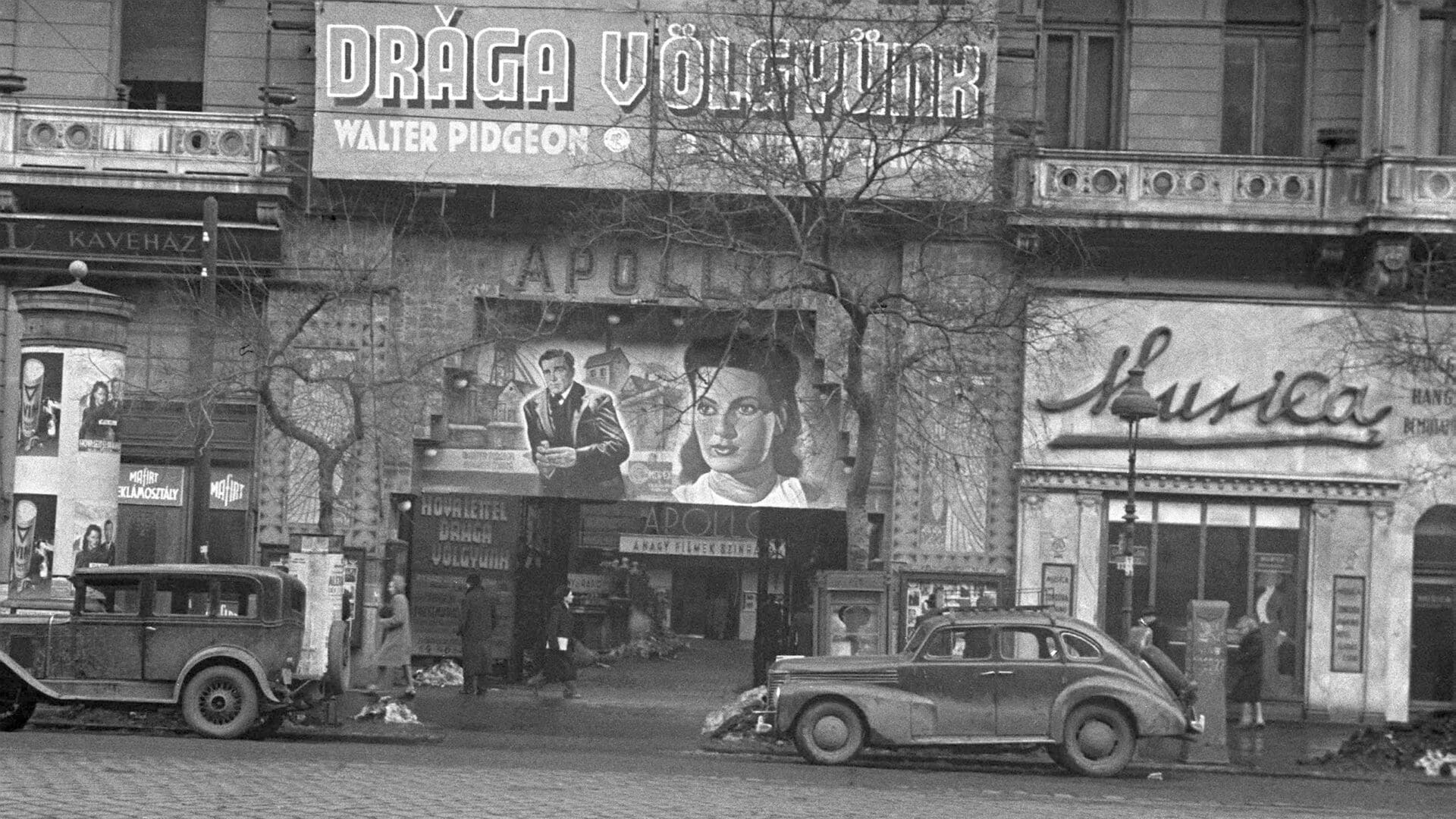On 25 September 1931, the first Hungarian talkie was screened at the Royal Hotel in the Apollo Cinema in Budapest. The film titled A Kék bálvány (The Blue Idol) was not a success, but the technology was ready, and the second attempt brought box office success.
‘Dear, good God, we’ve lived to see this. The first Hungarian talkie. It’s a big deal: Hungarian sound. Hungarian director, Hungarian writer, Hungarian actors, Hungarian industry, Hungarian story, Hungarian words, Hungarian music, Hungarian work,’ was announced in the film’s introduction.
However, despite the Hungarian fervour and the crime plot introduced and dropped in the story, the film essentially failed. Hungarian viewers could not relate to the characters in a film portraying an overseas world. Even though Pál Jávor played the baron who travelled to America after his bankruptcy and found love and fortune there, and Gyula Gózon played his butler, the Hungarian audience was not keen on The Blue Idol. Interestingly, some film experts have offered the theory that the failure of The Blue Idol might have been
due to the late appearance of the thriller genre in Hungary.
While very few showed interest in The Blue Idol, which exhibited elements of early thrillers, Hyppolit, a lakáj (Hyppolit, the Butler), which premiered as the second talkie in the same year, was a huge success. Producers concluded that Hungarians loved comedy.
Moreover, according to experts, thriller films also carry social critique beyond the excitement, and after World War I, such messages could not be formulated in Hungary for a long time. As a precursor to Hungarian sound cinema, Márton Kurutz, a member of the National Film Archive, mentioned three earlier attempts. The first was a recording of Governor Miklós Horthy by the American Fox newsreel sound car, but it has since disappeared.
However, there is a sound insert made by the Americans for the Hungarian Hunnia Film Factory, which was incorporated into the silent film Csak egy kislány van a világon (There’s Only One Girl in the World). In this film, Pál Jávor was supposed to sing a song in front of his lover’s window, but he lost his voice on the shooting day, so a famous opera singer replaced him.
An audio track was also created using a Hungarian designer’s recording invention, but this cannot be considered a classic talkie because the actors performed in a single room in front of a curtain. These attempts were followed by the aforementioned The Blue Idol, but
it was Hyppolit that ultimately brought audience success.
In the same year of 1931, after eight years of running, the newsreels also started to be broadcast with sound. ‘Look at the pictures and listen to the sounds of foreign countries with the reassuring feeling that, in return, the voice and image of the Hungarian soil will also appear in foreign newsreels, and with the alliance of sound and image, a new and stronger fighter will fight for us and for our justice,’ the producers announced in truly post-Trianon fashion the new era in cinematography the first sound newsreel.
Related articles:








